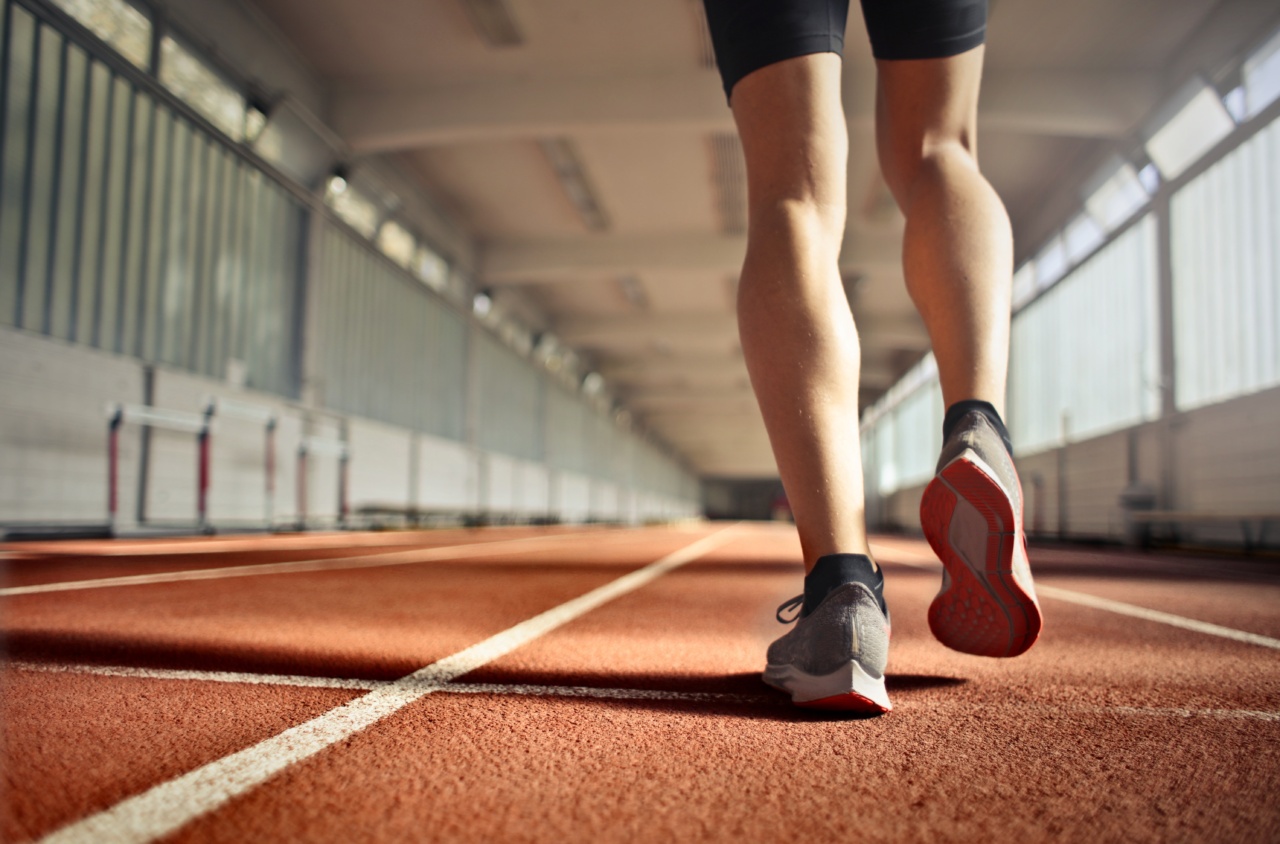Leg cramps can be a common and painful experience during exercise, often resulting in discomfort and the interruption of your workout routine.
While leg cramps can occur for various reasons, there are several preventive measures you can take to minimize their occurrence and ensure a more enjoyable and productive exercise session. In this article, we will explore some practical tips and strategies to help you prevent leg cramps during exercise.
1. Stay Hydrated
Dehydration is a leading cause of muscle cramps, including leg cramps. Your muscles need adequate hydration to function optimally, and a lack of fluids can result in muscle contractions and cramping.
Ensure you drink enough water before, during, and after your workouts to maintain proper hydration levels. This is especially important if you engage in intense or prolonged exercise.
2. Stretch Before and After Exercise
Proper stretching is crucial for preventing leg cramps. Include dynamic stretches in your warm-up routine to prepare your muscles for exercise. Focus on stretches that target the muscles you will be working out.
After your workout, engage in static stretches to help elongate your muscles and prevent tightness and cramping. Remember to stretch gently and never force a stretch beyond your comfort level.
3. Gradually Increase Intensity and Duration
One of the common causes of leg cramps during exercise is pushing your body too hard, too soon. Gradually increase the intensity and duration of your workouts to allow your muscles to adapt and avoid overworking them.
Aim to gradually progress your workouts and give your muscles time to adjust.
4. Maintain a Balanced Diet
A balanced diet rich in essential nutrients can help prevent leg cramps. Ensure you consume enough potassium, magnesium, and calcium, as deficiencies in these minerals are associated with muscle cramps.
Include foods like bananas, leafy greens, nuts, and dairy products in your diet to maintain optimal mineral levels.
5. Wear Proper Footwear
Wearing appropriate footwear is vital for preventing leg cramps during exercise. Invest in comfortable athletic shoes that provide adequate support and cushioning for your feet and legs.
Ill-fitting or worn-out shoes can lead to muscle imbalances and strain, increasing the risk of cramps.
6. Avoid Overexertion
Pushing your body beyond its limits can result in muscle fatigue and cramping. Avoid overexertion during exercise and listen to your body’s signals.
Gradually increase your workout intensity and give yourself enough rest and recovery time between sessions. Pushing too hard can lead to muscle imbalances and increased vulnerability to cramps.
7. Consider Electrolyte Supplements
If you frequently experience leg cramps during exercise, especially in hot and humid conditions, you may benefit from electrolyte supplements.
These supplements provide essential minerals and salts that can help maintain proper muscle function and prevent cramping. Consult with a healthcare professional before adding any new supplements to your routine.
8. Improve Your Flexibility
Poor flexibility can contribute to muscle imbalances and increase the risk of leg cramps during exercise.
Incorporate regular flexibility exercises like yoga or Pilates into your routine to improve your overall range of motion and reduce the likelihood of muscle cramps. Flexibility exercises can help elongate your muscles and relieve tension.
9. Listen to Your Body
Paying attention to your body’s signals is crucial for preventing leg cramps during exercise. If you feel any unusual sensations or twinges in your legs, take a break and stretch.
Avoid pushing through intense pain, as this can exacerbate muscle cramps. It’s better to address any discomfort or pain early on to prevent further complications.
10. Seek Professional Guidance
If you consistently experience leg cramps during exercise despite implementing preventive measures, it may be beneficial to seek professional guidance.
A sports medicine specialist or physical therapist can assess your exercise routine, muscle imbalances, and overall strength and provide personalized recommendations to mitigate leg cramps. They can also help identify any underlying medical conditions that may contribute to your cramps.
By following these preventive measures and taking care of your body, you can significantly reduce the occurrence of leg cramps during exercise. Remember to stay hydrated, stretch properly, and gradually increase the intensity of your workouts.
A balanced diet and appropriate footwear also play crucial roles in preventing leg cramps. Listen to your body and seek professional guidance if needed. With a proactive approach, you can enjoy a more comfortable and fulfilling exercise experience.






























